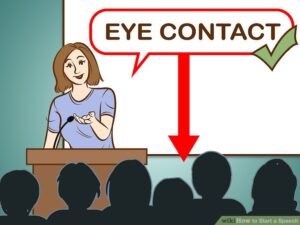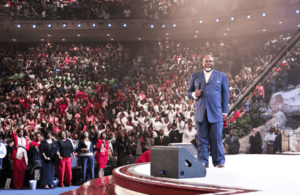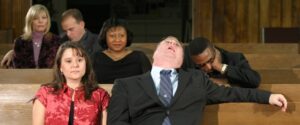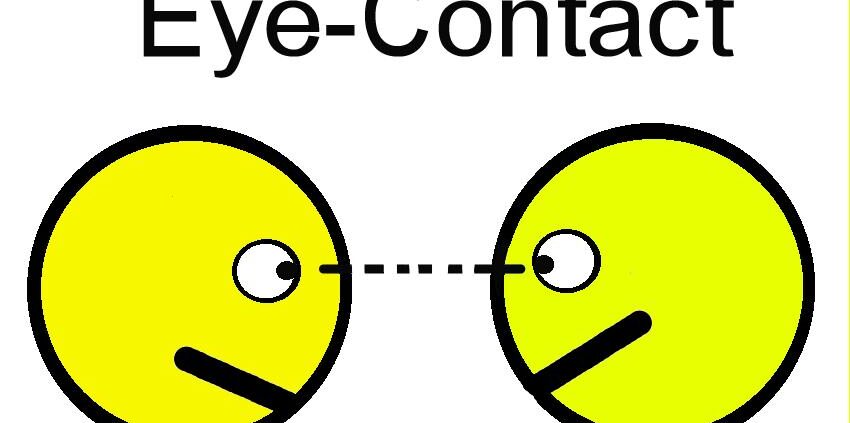Eye Contact Enhances Preaching
Eye Contact Enhances Preaching
I closed the last post with a very short reference to using the eyes as a means of communication. In this post we will focus on how eye contact enhances preaching as you connect with your audience.
Why Making Eye Contact Enhances Preaching
 I was listening to a recording of a book this week that claimed that the one thing Presidents in the US have in common is that they are all very good at making eye contact. The author did not cite a study for that statement, but I believe that it is true. There is something about making eye contact that makes a connection.
I was listening to a recording of a book this week that claimed that the one thing Presidents in the US have in common is that they are all very good at making eye contact. The author did not cite a study for that statement, but I believe that it is true. There is something about making eye contact that makes a connection.
One person who has written well about this is Bryan Chapell. Bryan has been a seminary President, but also has taught preaching for many years. Here’s what he says about eye contact in his book, Christ-Centered Preaching:
A speaker who will not look people in the eyes is deemed aloof, afraid, and/or incompetent. One who looks at the ceiling while explaining how Jesus held little children appears distracted. One who looks at the floor while exhorting others to repent seemed intimidated. And one who looks over heads (or even at foreheads) instead of in the eyes of listeners seems untrustworthy. Preachers too tied to notes, especially when seeking to exhort, project a lack of preparation or preoccupation with their own thoughts. (pp. 334-335)
This doesn’t mean that you never look at your notes, or look down to read a quotation. It does mean that if you don’t look at peoples’ eyes, they will conclude that you are not preaching to them.
When This Doesn’t Apply
Obviously, the smaller the group, the more eye contact is necessary. And conversely, the larger the group, the less eye  contact is necessary. In fact, when you have a large group, it is almost impossible to make eye contact with everyone.
contact is necessary. In fact, when you have a large group, it is almost impossible to make eye contact with everyone.
I served a church in Southern California that had seating for 1500 people. Up to one thousand could sit on the main floor, with another five hundred in the balcony. Needless to say, I couldn’t connect with every single person there in a 30 minute sermon.
One of my professors once said about Robert Schuller, the pastor and leader of the Crystal Cathedral in Southern California, “People think they have a personal relationship with Schuller if they shake his hand on the way out once per year.”
How Eyes Can Enhance The Sermon
So, what’s the size of the congregation to whom you preach? Is it small enough that you can catch every person’s eye? If not, there are still some things you can do to connect with your eyes.
Scan The Congregation
As you preach, move your eyes back and forth over the congregation. You may not connect with every single eye there, but you can connect with some in each section. As you scan the congregation, you communicate that you are speaking to everyone, not just those are seated in front of you. Connect with peoples’ eyes as you scan.
Use What You See to Adjust The Sermon
 Making eye contact can also help you, as you preach, to evaluate your sermon. If someone is looking at you, and you see appreciation and understanding, keep going! But if you see a question or confusion on someone’s face as you make eye contact, spend a moment to clarify your point.
Making eye contact can also help you, as you preach, to evaluate your sermon. If someone is looking at you, and you see appreciation and understanding, keep going! But if you see a question or confusion on someone’s face as you make eye contact, spend a moment to clarify your point.
Eye contact improves how you preach, but also how people hear your sermon. Preaching is enhanced by the eyes as you communicate your message.
Here is a training session for public speakers that gives some clues on how to do this well.



